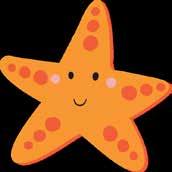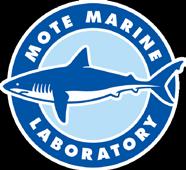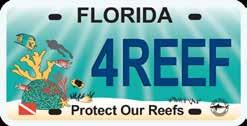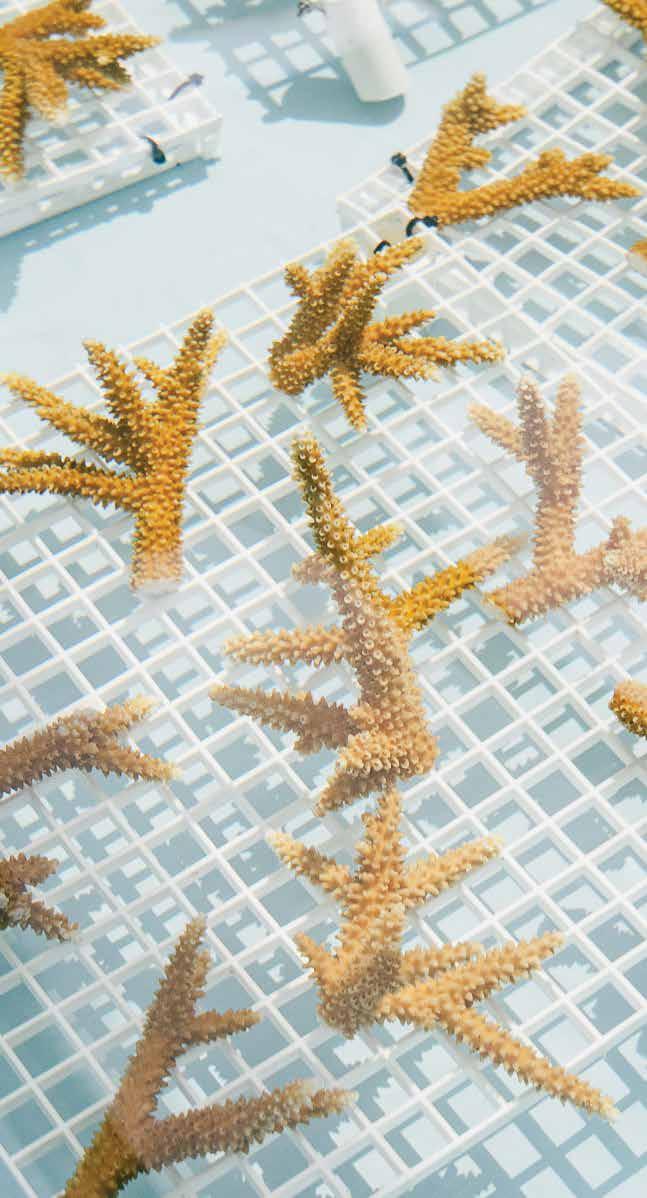
SATURDAY APRIL 12
TRUMAN WATERFRONT PARK KEY WEST


WE


SATURDAY APRIL 12


WE
WITH ALL OF YOU, OUR FLORIDA KEYS COMMUNITY, FOR MOTE’S
Ocean Fest is a time to celebrate all that we’ve accomplished together in advancing science-based restoration of our treasured coral reef and connected marine and coastal ecosystems in the Florida Keys. As the third-largest barrier coral reef on the planet, Florida’s Coral Reef is invaluable; it supports more than 80,000 jobs, draws more than $8.5 billion into the economy, and buffers our coasts from wave energy and other storm impacts in our hurricane-prone region. This coral reef is also intimately connected with the culture and quality of life that many of us remember from our childhood living and growing up in the Keys decades ago—and that we all want to ensure is responsibly restored and sustainably enjoyed by future generations of residents and visitors.
While we’ve celebrated many milestones and restoration successes, the work is far from over. Mote remains steadfast in our commitment to push harder and advance our mission in the face of persistent and growing challenges. Thermal events, ocean acidification, and coral disease continue to threaten the health of Florida’s Coral Reef, but Mote scientists are meeting these threats headon with innovative science and technology aimed at protecting and restoring this critical ecosystem.
Now celebrating its 70th year as an independent, nonprofit, global marine research institution, Mote continues to lead the charge in restoring Florida’s Coral Reef through innovation, dedication, and community support. With over 300 full-time staff members, including more than 40 Ph.D.-level scientists, and a growing network of more than 10,000 passionate members, Mote is uniquely positioned to scale-up restoration like never before. These efforts represent years of research, collaboration, and bootson-the-ground dedication to bringing our reef back to life. With your continued support, we’re on track to reach over 250,000 coral outplants on Florida’s reefs by the end of 2025. An additional 50,000+ coral fragments are being cultivated in our nurseries this year,
while more than 30,000 genetically distinct coral strains are preserved in Mote’s International Coral Gene Bank, laying the foundation for resilient, science-based restoration for generations to come.
Mote has had a presence in the Florida Keys for over three decades. Our flagship facility in the Keys, The Elizabeth Moore International Center for Coral Reef Research and Restoration (IC2R3) on Summerland Key, is a state-of-the-art research center complete with molecular-microbiology, chemistry, water quality, and advanced coral mapping labs, as well as indoor and outdoor wet labs. This center also includes National Science Foundation-sponsored climate labs designed to mimic future ocean conditions. Having lived in Key West as a little boy, I am especially proud that with the support of the Key West Board of Commissioners, Mote and our volunteers from the Combat Wounded Veterans Challenge have outplanted well over 2,000 corals on Higgs Head Reef. Mote has also expanded its reach throughout the Keys by opening satellite land-based coral nurseries in Islamorada at Bud ‘N Mary’s Marina and in Key Largo at the Reefhouse Resort and Marina—bringing our total number of Keys facilities to five. We are continuing to grow in the Keys, with even more land-based facilities planned to open in the next year, as well as new in-water coral nurseries. These additions will support the continued scaling of our research, restoration, and conservation efforts across the entire Florida Keys reef tract.
Mote is more resolved than ever to achieve our mission. The challenges facing our coral reefs are significant, but we have more than hope – we have science! Please join us as a champion for our oceans through innovation, technology, passion, and partnerships.
Cheers!
Dr. Michael P. Crosby President & CEO Mote Marine Laboratory
and Aquarium

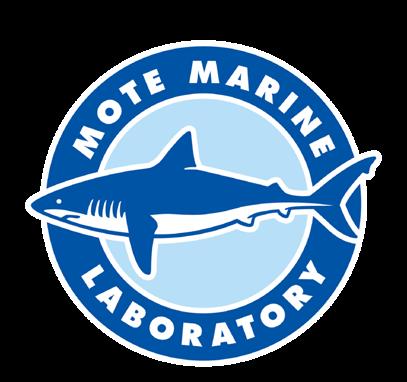
Learn about all the ways you can help by visiting our booths during Ocean Fest, joining the over 40,000 supporters who have PROTECT OUR REEFS license plates, or visiting mote.org for more information.


MOTE MARINE LABORATORY & AQUARIUM IS ONE OF THE WORLD’S LAST REMAINING INDEPENDENT MARINE RESEARCH NONPROFITS.
Dr. Eugeine Clark founded the Cape Haze Marine Laboratory in 1955. A few years later, the Cape Haze Marine Laboratory changed its name to Mote Marine Laboratory & Aquarium to honor William R Mote, a significant benefactor.
Mote is an independent nonprofit marine research institution comprised of world-class marine scientists committed to the belief that our oceans’ conservation and sustainable use begin with research and education.
From our humble beginnings in a tiny, one-room laboratory in a small Florida town, our efforts have grown to include more than 25 diverse marine research programs.
Through passion, philanthropy, and partnership, our research has expanded to include studies of human cancer using marine models, the effects of human-made and natural toxic substances on humans and the environment, the health of wild fisheries, developing sustainable and successful fish restocking techniques, food production technologies, and the development of ocean technology to help us better understand the health of the environment.
Mote’s research programs also focus on understanding the population dynamics of manatees, dolphins, sea turtles, sharks, and coral reefs and on conservation and restoration efforts related to these species and ecosystems.
+45 DOCTORAL-LEVEL STAFF CONDUCTING RESEARCH IN A VARIETY OF DISCIPLINES


+316
TOTAL STAFF AT MOTE LEADING MARINE SCIENCE, EDUCATION AND OTHER KEY COMPONENTS OF MOTE’S MISSION
+26,000 CORALS PLANTED BY MOTE SCIENTISTS THIS YEAR TO RESTORE FLORIDA’S CORAL REEF, WITH 65% SURVIVING TWO HEAT WAVES—A WIN FOR MOTE’S RESILIENCE-FOCUSED RESTORATION.
398FT DEPTH REACHED BY MOTE-LED DIVE TEAM TO STUDY MYSTERIOUS “BLUE HOLE” HABITATS IN THE GULF OF MEXICO
#1
REVENUE-GENERATING CULTURAL NONPROFIT ORGANIZATION IN THE ENTIRE TAMPA BAY REGION
577 CALLS TO MOTE’S STRANDED ANIMAL HOTLINE
DURING THE PAST YEAR, MANY RESULTING IN SEA TURTLE AND MARINE MAMMAL RESCUES AND RECOVERIES.





FIELD-TESTING PROMISING RED TIDE INITIATIVE TECHNOLOGIES
Mote Marine Laboratory is excited to announce that three promising red tide mitigation technologies have completed rigorous laboratory testing and received regulatory approvals to begin the field deployment research stage. These advancements mark a significant milestone in the fight against Florida’s and harmful red tide, Karenia brevis blooms, and offer a science-based path toward reducing their detrimental effects on marine ecosystems, public health, and Florida’s economy.
Red tides, or red tide harmful algal blooms, are a higher-than-normal concentration of microscopic alga that occur in ocean and coastal waters. In Florida, the toxin producing Karenia brevis is the species causing most red tides. Red tides in Florida have been documented since the 1700’s and can harmfully affect sea life, lead to massive fish kills, cause human respiratory problems, close beaches, and determinately impact shellfish, fishing, hotel, restaurant, recreational, and tourism industries.
To address this challenge, Mote partnered with the State of Florida through the Florida Fish and Wildlife Conservation Commission (FWC) to establish the Florida Red Tide Mitigation and Technology Development Initiative. This Initiative, is an independent and coordinated effort among public and private research entities to develop prevention, control and mitigation technologies and approaches that will decrease the impacts of Florida red tide.
Since its inception in 2019 in response to the devastating 2018–2019 red tide bloom, the Initiative has funded more than 50 external partners, supported over 40 projects, and examined hundreds of compounds and mitigation technologies. Among these, three are now in the field deployment testing stage, with several others advancing toward pilot-scale testing. Field trials allow for the collection of in-water data under field conditions, building upon the laboratory research with natural ecosystem components from Mote’s state-of-the-art HAB testing facility.
Three of the Initiative’s projects are in the field deployment stage (with several others to be considered over the next year) and nearing the implementation testing stage:
Principal Investigator: Dr. Dana Wetzel
CLEAR is a novel, naturally derived biocide developed by Mote’s Environmental Laboratory for Forensics. Harnessing the properties of natural plant-based compounds, CLEAR targets K. brevis with no environmental impact. CLEAR’s active ingredients are classified as Generally Recognized as Safe (GRAS) by the FDA, and studies show no measurable accumulation in the environment. The all-natural biocide degrades fully within half a day, ensuring its safety for marine ecosystems. Regulatory approvals from the EPA, FDACS, and DEP allow for rapid deployment of CLEAR in the event of a bloom. Mote has developed multiple formulations of CLEAR to ensure versatility. Engineered particle treatments can be deployed on surface waters via vesselmounted blowers, drones, or backpack sprayers. For underwater ap -
plications, remotely operated vehicles (ROVs) or autonomous underwater vehicles (AUVs) deliver the liquid form directly into blooms. This liquid application may also be deployed sub-surface with a specially equipped boat. CLEAR-embedded dissolvable beads provide sustained protection for 30-60 days, ideal for canals, marinas, and other vulnerable areas. This multi-faceted approach ensures targeted and effective mitigation.
Principal Investigator: Dr. Rich Pierce
Xtreme is a natural, non-toxic water treatment product developed by Heartland Energy Group. Previously used for blue-green algae (a freshwater HAB), Xtreme has demonstrated significant effectiveness against K. brevis. Lab testing and mesocosm experiments at Mote confirmed Xtreme’s ability to reduce red tide cells and brevetoxins while posing no harm to marine life, including commercially important clams. Xtreme offers a natural solution that could help control blooms. This product is deployed by a large handheld sprayer.
Principal Investigator: Dr. Rich Pierce
OZONIX® is a patented, chemical-free water treatment technology that combines several processes to eliminate K. brevis cells and their toxins. It uses hydrodynamic cavitation (a process that creates bubbles in the water to break apart harmful substances), ozone injection (adding ozone gas to the water, which helps break down toxins), ultrasonic acoustic cavitation (using sound waves to create bubbles that break down harmful materials), and electrochemical oxidation (a process where electricity helps remove contaminants). These techniques work by running large hoses into the water that are connected to a trailer outfitted with a complex water system. Together, these techniques effectively address the red tide algae and its toxins. This mobile technology has been used successfully in demanding industries for over 20 years and is now being adapted for red tide mitigation. Mote’s studies demonstrate that Ozonix effectively destroys red tide and toxins without harming marine organisms. With its mobility, scalability, and ability to rapidly deploy, Ozonix can treat large volumes of water, preventing blooms from expanding into severe outbreaks.
Mote Marine Laboratory’s Red Tide Initiative exemplifies a proactive, science-driven approach to tackling one of Florida’s most persistent environmental challenges. With CLEAR, Xtreme and Ozonix now ready for testing and deployment in open water, Mote is advancing solutions that offer hope for healthier marine ecosystems, reduced public health risks, and a stronger economy.
“Our work through the Red Tide Initiative demonstrates the power of innovation, collaboration, and scientific rigor in addressing a complex environmental issue,” said Dr. Michael P. Crosby, President & CEO of Mote Marine Laboratory. “The technologies we are advancing will have a lasting impact on Florida’s environment and communities, and we are grateful for the continued support from the State of Florida and our research partners.”


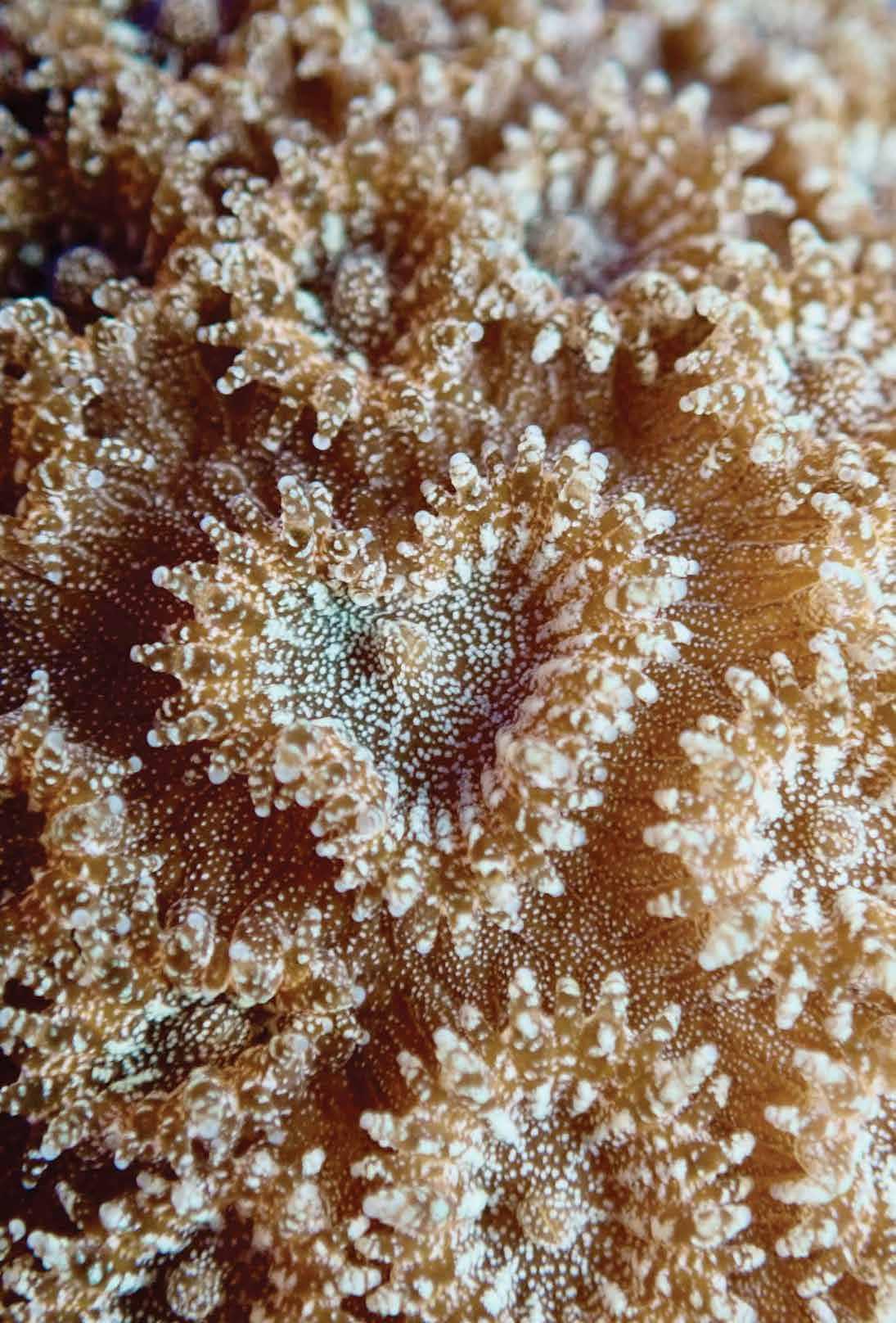
Florida’s Coral Reef experienced record-breaking heat waves in summer 2023 with a combination of temperatures exceeding 100 degrees Fahrenheit, higher-than-normal salinity and low oxygen water from Florida Bay.
In response, Mote Marine Laboratory immediately began an unprecedented evacuation of thousands of stressed and dying corals from our four offshore coral nurseries, with the help of over 70 staff members, six Mote research vessels, and incredibly generous support from individuals and local businesses in the Florida Keys community.

BY KAI T LYN FUSC O
In a m a e r o f d ay s , M o t e ca r e f ull y t r a n s p o r t e d
thousands of corals from our offshore nurseries in Sand Key, Looe Key, Islamorada and Key Largo to our three landbased coral nurseries in Summerland Key, Islamorada and Key Largo, along with our 200-acre Sarasota-based Mote Aquaculture Research Park (MAP).
A f te r n e ar ly th ree mo n t hs o f s up p o r ti ve ca re to hel p the c o ra l s re c ove r, M o te’s ex pe r t c o ra l reef resto rati o n resea rch e rs bega n t h e mu l ti step p ro c ess of rei nt rodu ci ng t h o u sands o f h ea l t hy, re ha bili tated co rals back in to our unde r water nurser ies M ore than 11,000 co ra ls h ave since been returned and placed into the pipeline for restoratio n o utpl anting
Throughout the return effor t, Mote followed strict protocols outlined by the National Oceanic and Atmospheric Administration (NOAA) and the Florida Fish and Wildlife Conservation Commission (FWC) These protocols included a veterinarian health cer tification of all evacuated corals before their return to offshore nurseries. Corals were closely examined for any potential diseases or pests that could spread on the reef
Back in their offshore nurseries, these corals under went a strict, 30-day observation period They will be reassessed by Mote staff and cleared for restoration outplanting purposes Our normal coral restoration operations—outplanting nursery-grown corals to reefs in need—are projected to resume early this year


"While many corals on the reef perished during the unprecedented environmental event, we also identified numerous corals that sur vived, thrived, and some that never even bleached," said Mote President & CEO Dr Michael P Crosby "These corals are of science-based, genetically resilient coral reef restoration "
The only outplanted elkhorn corals that have sur vived within the Lower Keys are Mote’s sexually produced, resilient genotypes (genetic varieties of coral that can rebound from stress events). A si m i l ar t rend was o bse r ved fo r M ote’s sexually p roduced , outplanted staghorn coral.
These resilient corals—the offspring of parent corals that Mote asexual reproduction. Asexual reproduction involves fragmenting
As part of our holistic, science-based approach to coral reef restoration, Mote researchers look forward to releasing hatchery-reared Caribbean king crabs produced from Mote’s new Florida Coral Reef Restoration Crab Hatchery Research Center to reef sites off Key West
These crabs will play crucial roles in maintaining the delicate equilibrium of coral ecosystems by grazing on macroalgae As macroalgae populations surge due in great part to loss of invertebrate and vertebrate grazers over the last several decades, they can smother and weaken coral structures, leaving them vulnerable to disease and bleaching events Caribbean king crabs have emerged as champions in the fight to mitigate algae overgrowth and rescue threatened coral reefs.
The crabs’ positive impacts were previously masked by their low natural abundance. Increasing their abunrecruitment, dramatically improving coral reef restoration outcomes and reinforcing coral reef resilience against the mounting challenges of human effects and environmental stressors.
Abo u t t w o m on t h s a f t er t h e r i bbo n cu i ng fo r
M o te’s Fl or ida Co ra l Reef Resto rati o n C rab H atche r y
Re s e a r c h Ce n t e r, the fa ci l i t y h a s p r oduced 4 67
a coral and growing the pieces into new corals with identical genes, rather than combining genes from two breeding parents The fact that these sexually produced corals survived is a testament to Mote’s methods which the Lab will continue to scale up That means identifying and amplifying diverse, resilient coral genotypes on restored reefs by boosting our efforts in assisted coral sexual reproduction and by asexually reproducing resilient corals genotypes
Mote’s immediate goal is to continue gathering and analyzing data from this stress event, apply what was learned to future data-driven restoration techniques, and boost the production and diversity of "massive" species—like brain and star corals which are inherently more heat tolerant than the branching staghorn and elkhorn species. We will also use our proven techniques to speed the grow th of the coral species and genotypes that did well during this event.
b ro o d s to ck c ra b s w i th 1 82 h atc hed cl u tc h e s th at h ave p ro du c ed abo u t 110, 88 8 ju ve n i l es
On c e the ju ven il e c ra bs reach 30 m illi m e te r c a rap a c e w i dth ( a b o ut th r ee t o fi v e m o n ths a f t e r h at c hi ng), t h e M o t e t e a m wi ll r e l e as e t h em o n t o va r io u s ree f s i tes. O ve r th ree m o n ths , beg i nn i ng i n the fi rst qua r ter o f 2024 , a pp roxi m ately 300 c ra bs wil l be rel eas ed at t h ree s e pa rate ree fs s i tes o ff K ey West (100 c ra bs p e r reef s i te)


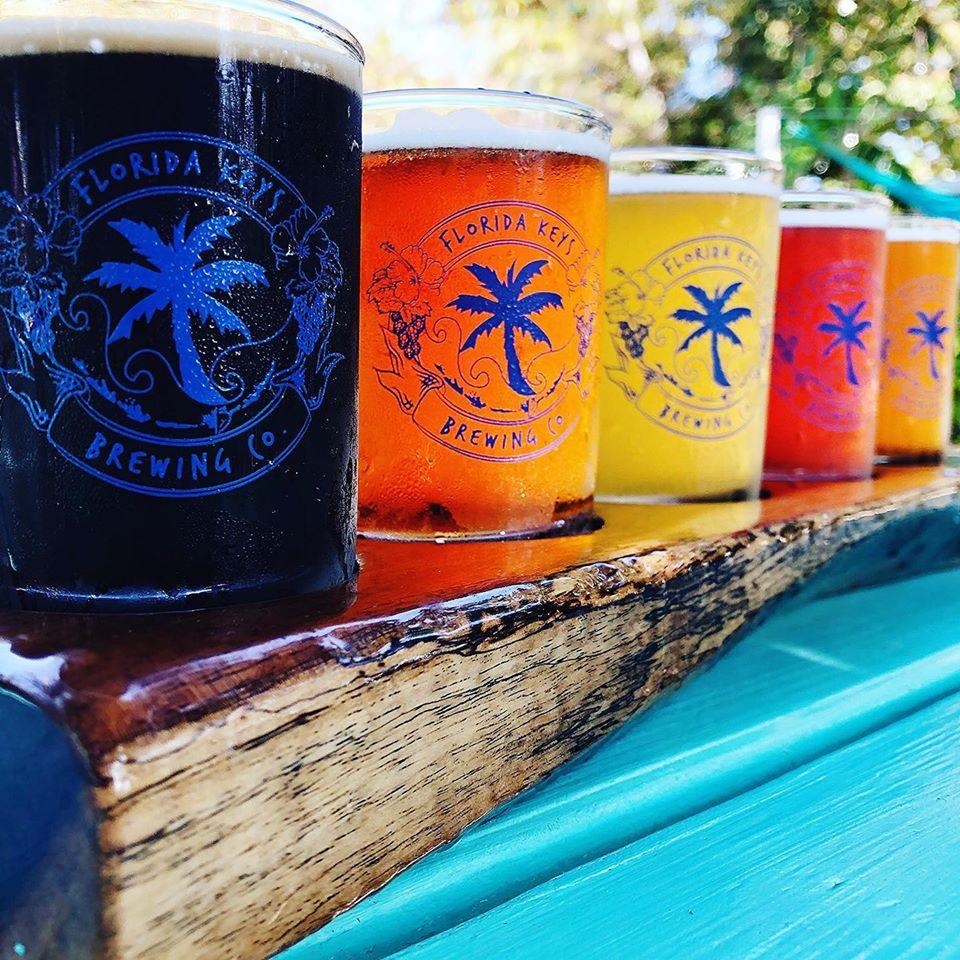




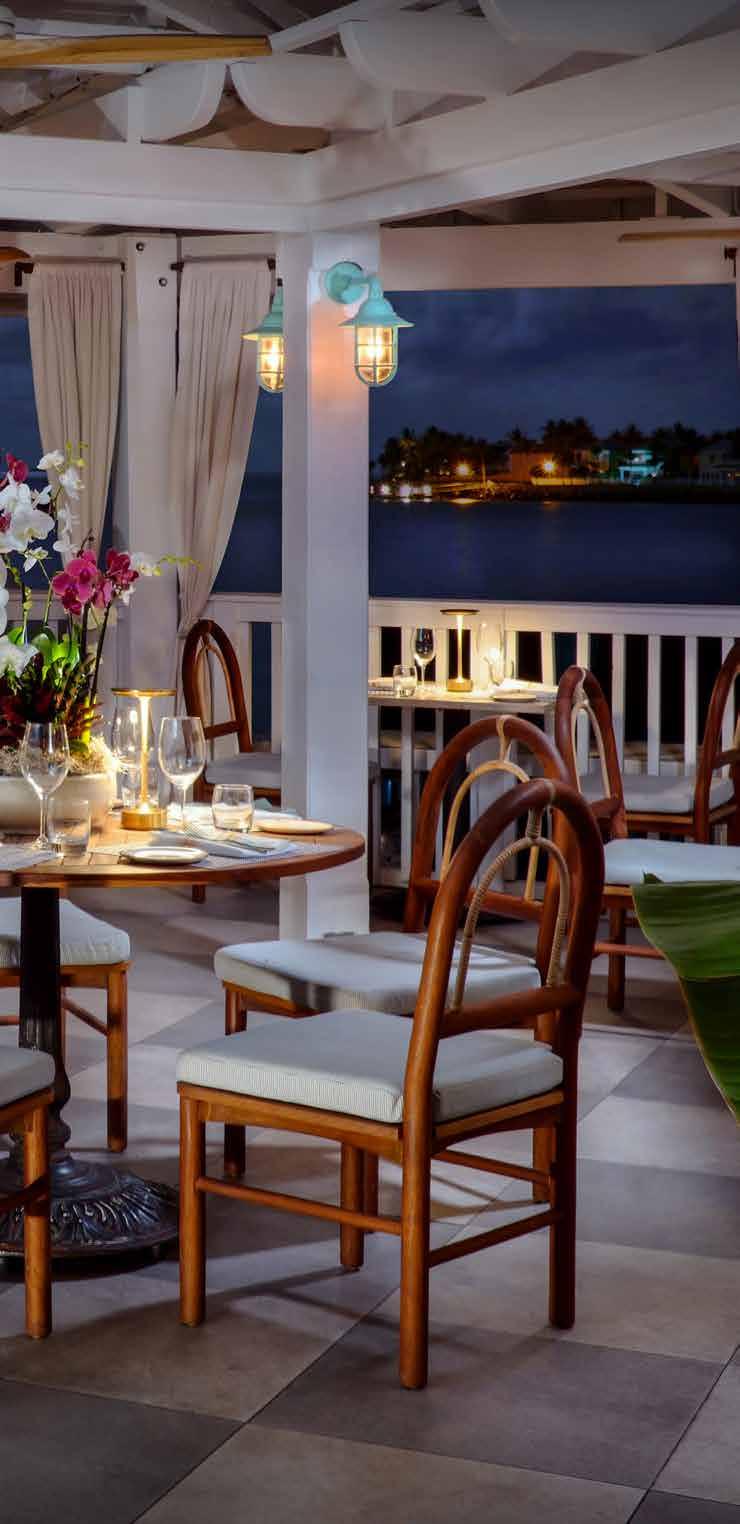

INFLATABLE GAMES/ BOUNCE HOUSE
MECHANICAL SHARK


10:00am Start event, DJ playlist


11:45am - 12:30pm Kristen McNamara 1:00pm - 3:00pm Gary Hempsey
THANK YOU TO OUR SPONSORS
Berkshire Hathaway HomeServices | Pier B | Captain Hook’s
Cheryl Cates Foundation | Key West Aquarium | Keys Energy
Florida Keys Brewery | The Galleon Resort & Marina
Ocean Key Resort & Spa | The Keys Weekly Newspapers
ARTISAN VENDORS
• Noel Skiba
• Key West Flags LLC
• Tunaskin Aquatic Apparel
• Yolicious
• Casa Costera
• IslandGirlDesigns
• Heather MacKenzie Designs
• Epoxy Creations by DMG
• Bitobeads jewelry llc
• C Shell Designs
NONPROFIT VENDORS
FOOD & BEVERAGE VENDORS
• El Taquito Placero
• Abu’s Argentinian Grill
• Macdoobbq
• Kool Treats by Mama Dukes
• Keys Brewing CO.
• KEEZ BEEZ LLC
• Joey’s Mini Donuts
• Pirate Ice
• Mel’s Sweets
• Pop’s Smoke Shed
• Flamingo Adventures Everglades National Park
• Key West Botanical Gardens
• Reef Environmental Education Foundation
• Florida Keys Mosquito Control District
• Early Learning Coalition of Miami- Dade/Monroe
• Reef Environmental Education Foundation
• Florida Department of Transportation Seacamp
• Sea Base/Scouting America
• Ocean First Institute
• MarineLab
• Key West Aquarium
• Honest Eco
• The Turtle Hospital
• I.CARE
• CW Resources
• Ocean First Institute
• City of Key West
• Rural Health Network
• OneBlood



See coral reef restoration in action at one of Mote's land-based coral nurseries in the Florida Keys!
Located on the property of Reefhouse Resort & Marina 103800 Overseas Highway Key Largo, Florida 33037
Located on the property of Bud n ' Mary's Marina 79891 Overseas Highway Islamorada, Florida 33036
24244 Overseas Highway Summerland Key, Florida 33042
Space is limited, reserve your free tickets in advance at:


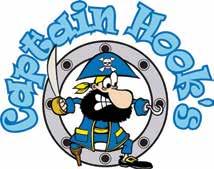





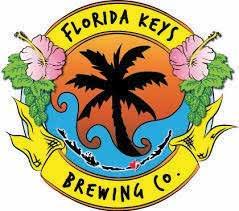
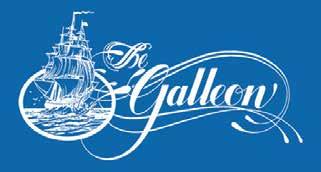
MOTE’S OCEAN FEST COULD NOT HAPPEN WITHOUT YOU!
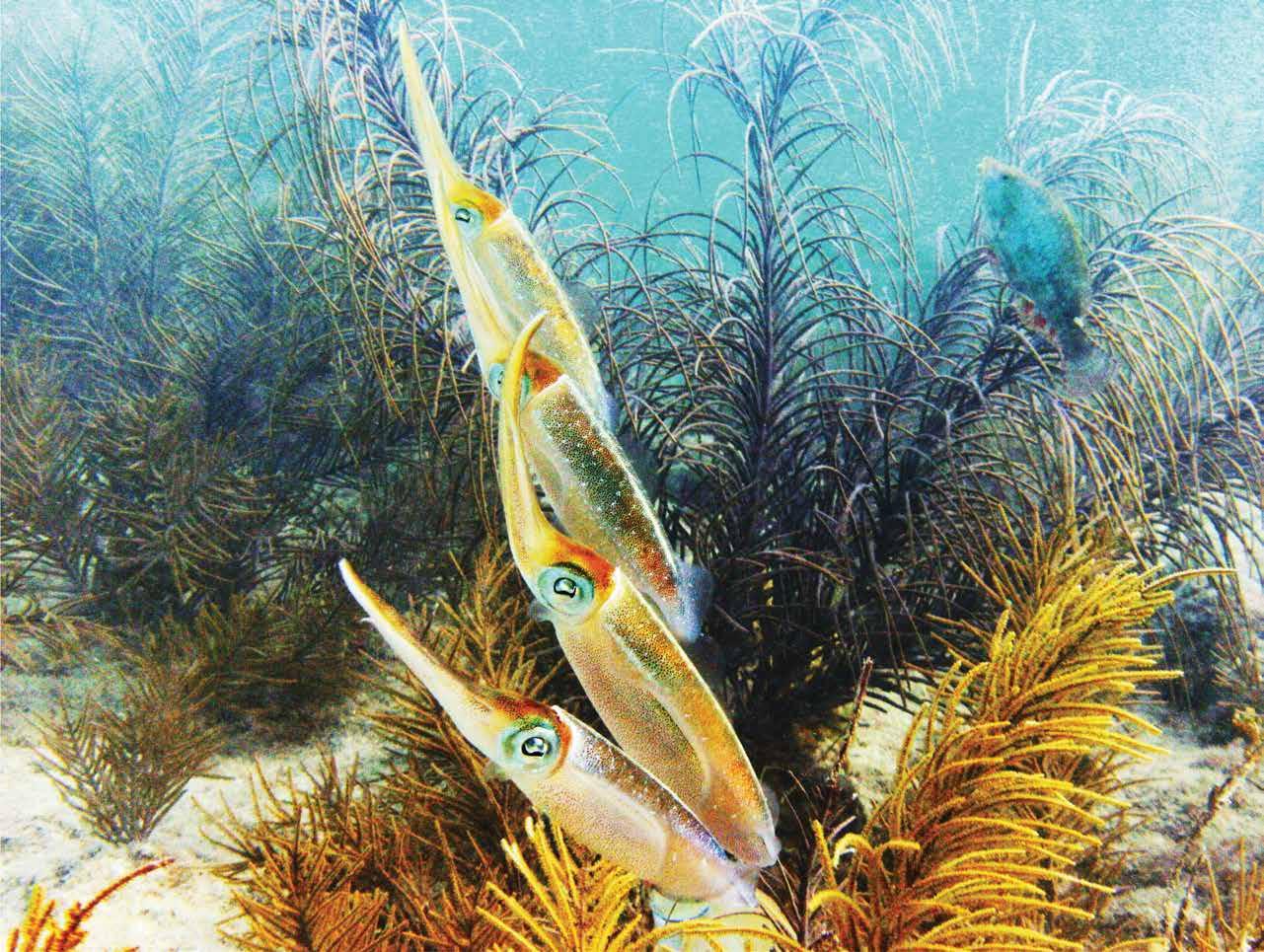

Mote Marine Laboratory’s International Coral Gene Bank (Gene Bank) has recently achieved significant milestones in coral restoration and marine conservation, paving the way for a more promising future for coral reefs in Florida and around the world.
Some of these achievements include:
ADVANCING CRYOPRESERVATION TECHNOLOGY
Integrating cutting-edge methods to enhance and preserve biodiversity by creating genetic “time capsules” for coral species, ensuring their survival and resilience.
RESTORING CORAL COMMUNITIES
Partnering with NOAA and the Department of Interior to develop and test methods to restore mesophotic and deep benthic coral habitats injured in the Gulf of America (Gulf) by the 2010 Deepwater Horizon oil spill.
PRESERVING ENDANGERED CORAL SURVIVORS
Collaborating with Shedd Aquarium, The Reef Institute, and the University of Miami to safeguard genetic material from the last known staghorn coral survivors in the Dry Tortugas following Florida’s record-breaking 2023 thermal event.
SECURING DEP FUNDING
Receiving support from the Florida Department of Environmental Protection to expand infrastructure and capabilities for coral restoration and conservation.
These combined efforts showcase Mote’s holistic approach to marine conservation, addressing immediate restoration needs while ensuring the long-term enhancement and protection of biodiversity through innovative science.
Coral reefs are facing unprecedented die-offs on a global scale, making it essential to restore them with resilient, genetically diverse corals that have the best chances of surviving and reproducing. However, this effort hinges on the survival of our native corals, which must be safeguarded before they disappear. Mote plays a critical role in preserving the genetic diversity of coral reefs and other marine life, ensuring their survival in the face of escalating threats like thermal events, ocean acidification, and disease. As a cornerstone of Florida’s Coral Reef Restoration and Recovery Initiative, the Gene Bank enables the propagation of resilient coral genotypes for future outplanting efforts.

Mote is one of the few institutions in the world leveraging cryopreservation technology to protect the future of coral reefs. This groundbreaking work began through specialized training in Hawaii with Dr. Mary Hagedorn of the Smithsonian Institute and has positioned Mote at the forefront of coral conservation with this pioneering approach.
Cryopreservation is a process which involves freezing coral sperm at ultra-low temperatures in an effort to create a genetic “time capsule” that theoretically preserves their viability indefinitely. This cutting-edge method is a game-changer for coral conservation, enabling the storage of genetic material from rare, vulnerable, or hard-to-propagate coral species. By banking these genetic resources, Mote ensures that future generations can benefit from the diversity of coral species, even if those species currently face near extinction. Unlike traditional propagation methods, cryopreservation offers the potential to preserve and utilize coral genetic material across decades, or even centuries, allowing for the restoration of genetically diverse coral populations even if the wild populations have been lost. This cutting-edge technology allows scientists to mix sperm and eggs (gametes) from corals that are geographically separated or reproduce at different times of the year. By doing this, they can increase the variety of genetic traits in coral populations. Greater genetic diversity makes these corals stronger and better equipped to adapt to both current and future changing conditions. This approach gives restored coral populations a better chance of long-term success.
“Preserving genetic diversity is fundamental to the resilience of marine ecosystems,” said Dr. Erinn Muller, Director of Mote’s International Coral Gene Bank and Associate Vice President for Research. “The Gene Bank is invaluable in our efforts to protect the future of coral reefs and other vital marine species.”
MOTE JOINS NOAA AND PARTNERS IN STUDYING MESOPHOTIC AND DEEP BENTHIC COMMUNITIES
Mote is collaborating with NOAA and the Department of Interior to work on the Coral Propagation Technique Development (CPT) project within the Mesophotic and Deep Benthic Communities (MDBC) restoration portfolio. The project is supported by over $28 million over eight years and represents a pioneering effort to directly restore MDBC habitats in the Gulf.
MDBC ecosystems are critical to ocean health, as they provide a home for an abundance of invertebrates, fish, and other marine life. When these ecosystems are harmed—like during the 2010 Deepwater Horizon (DWH) oil spill—it can cause a chain reaction, disrupting nearby environments. This happens because many marine species depend on the supply of larvae from these communities. These deep-sea habitats, similar to shallow coral reefs, act as refuges and collection points (“sinks”) for larvae released during spawning. If disrupted, these habitats could no longer support the settlement of larvae or provide critical resources to ecosystems further down-current. Such disruption could also affect genetic diversity and population dynamics, impacting not only MDBC but also the Gulf’s broader marine ecosystems.
By developing innovative methods for coral cultivation, recruitment, and transplantation, Mote aims to contribute to this project addressing critical knowledge gaps and help scale up restoration efforts to meet the magnitude of the injury caused by the DWH oil spill.
This project combines field testing in natural MDBC habitats and lab-based coral cultivation to develop effective propagation methods using innovative techniques like coral fragmentation and transplantation. It emphasizes collaborative planning, expert coordination, and long-term monitoring to enhance coral recruitment, survival, and sustainability.
As part of the CPT Team, Mote is holding 24 genotypes of the orange gorgonian sea fan Swiftia exserta and 6 genotypes of white eye sea spray (Thesea nivea), the two coral species most significantly affected by the DWH oil spill. Both species have already spawned at the Gene Bank producing hundreds of offspring that are currently being cared for by trained staff members. These offspring are now within a feeding experiment to assess the recruits’ growth, measured in both 2D and 3D formats. This study will also incorporate 3D photogrammetry to document their growth over time.
COLLABORATING WITH SHEDD AQUARIUM TO PRESERVE CORAL BLEACHING SURVIVORS
Mote received living coral fragments from the last known staghorn coral survivors in the Dry Tortugas following Florida’s recordbreaking 2023 bleaching, which were collected by Shedd Aquarium. Shedd scientists discovered and rescued the corals and transported fragments to Mote and other institutions across Florida. The arrival of these rare specimens at the Gene Bank is a pivotal step in preserving genetic diversity for this critically endangered species.
The staghorn coral fragments now reside alongside other genetically significant specimens within the Gene Bank, benefiting from advanced life support systems and expert care.

Mote has received funding from the Florida DEP to expand its critical role in coral restoration and conservation. This funding will support the construction of additional infrastructure, including advanced life support systems to enhance the Gene Bank’s capacity for holding and propagating genetic material from priority coral species such as mountainous star coral (Orbicella faveolata) and grooved brain coral (Diploria labyrinthiformis)
“At Mote Marine Laboratory, we believe that advancing the science of coral conservation is not only a commitment to protecting marine biodiversity, but also to ensuring the resilience of ecosystems that serve as the foundation for so many species,” said Dr. Michael P. Crosby, President & CEO of Mote Marine Laboratory. “The DEP funding will allow us to expand the capabilities of our Gene Bank, enhancing our ability to store and propagate vital coral genetic material, supporting restoration of Florida’s coral reefs, and contributing to a more sustainable future for our oceans.”
The recent milestones achieved by The International Coral Gene Bank reflect Mote Marine Laboratory’s ongoing dedication to advancing marine conservation through innovative science and collaborative efforts.

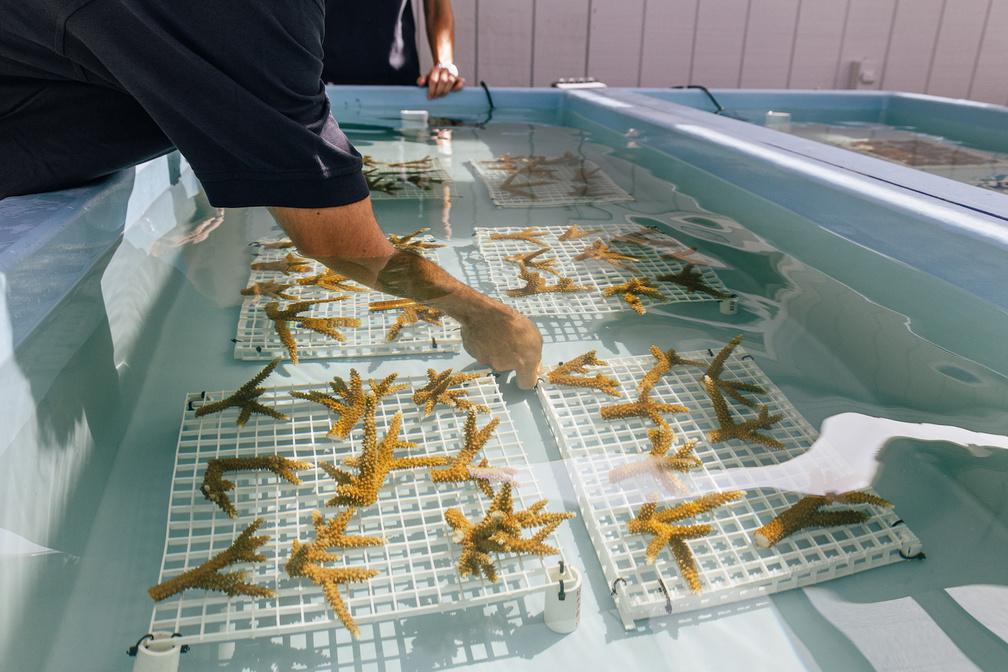
Be part of something meaningful and help support one of the world's foremost marine research organizations by becoming a volunteer with Mote Marine Laboratory in the Florida Keys!
Be part of something meaningful and help support one of the world's foremost marine research organizations by becoming a volunteer with Mote Marine Laboratory in the Florida Keys!
Volunteering here is an educational opportunity to learn from our team while gaining hands-on experience and knowledge
Volunteering here is an educational opportunity to learn from our team while gaining hands-on experience and knowledge
Volunteer opportunities with Mote are for those interested in a long-term commitment to a volunteer role Program managers will work with volunteers to establish a schedule or recurring shifts, depending on the role. Scan the QR code to fill out your application!
Volunteer opportunities with Mote are for those interested in a long-term commitment to a volunteer role. Program managers will work with volunteers to establish a schedule or recurring shifts, depending on the role. Scan the QR code to fill out your application!
Coral Care and Husbandry
Coral Care and Husbandry
Restoration Diver
Restoration Diver
Facility Attendant
Facility Attendant
Restoration Field Support
Restoration Field Support
Research Assistant
Research Assistant
Community Engagement
Community Engagement
Contact Alex Borreil for more information at aborreil@mote.org


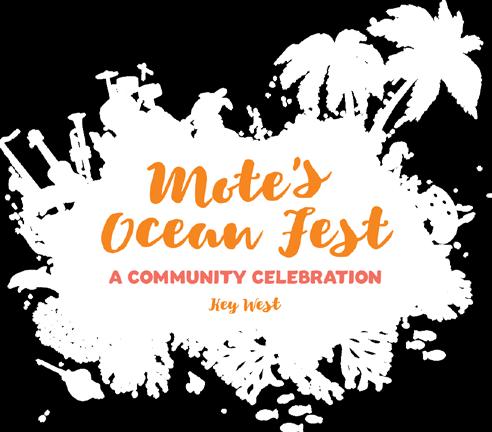
Complete the scavenger hunt and return to Mote’s raffle table for one free raffle ticket!

